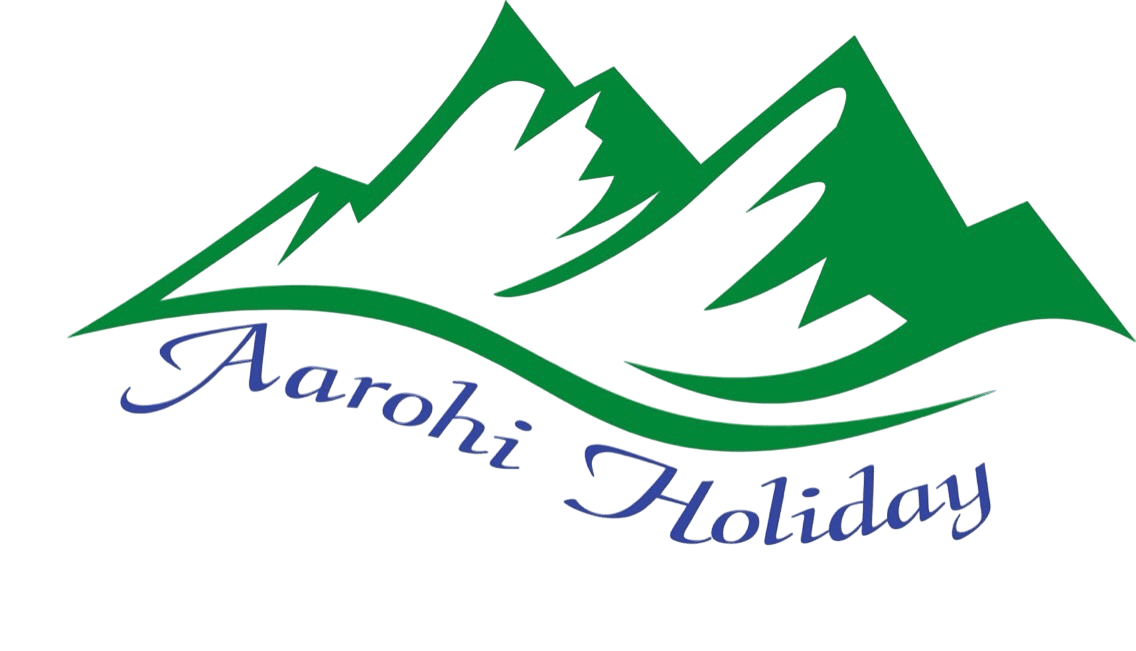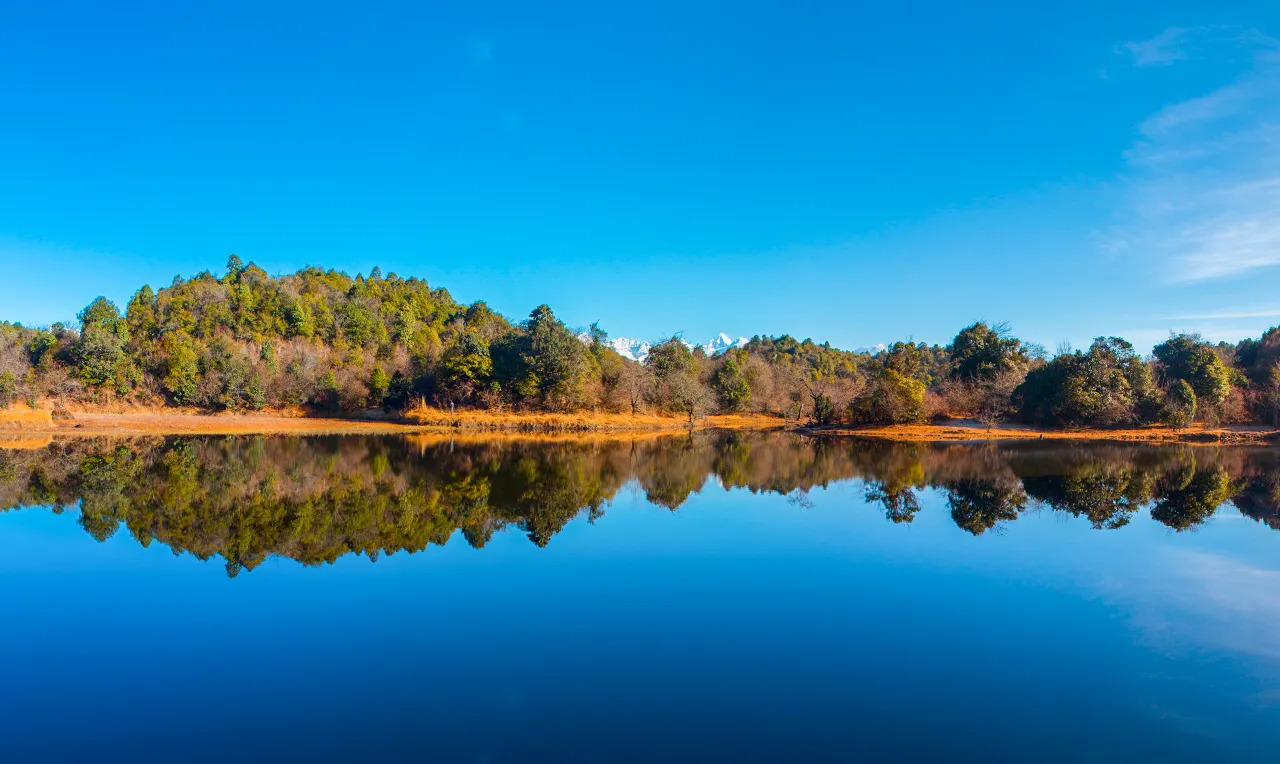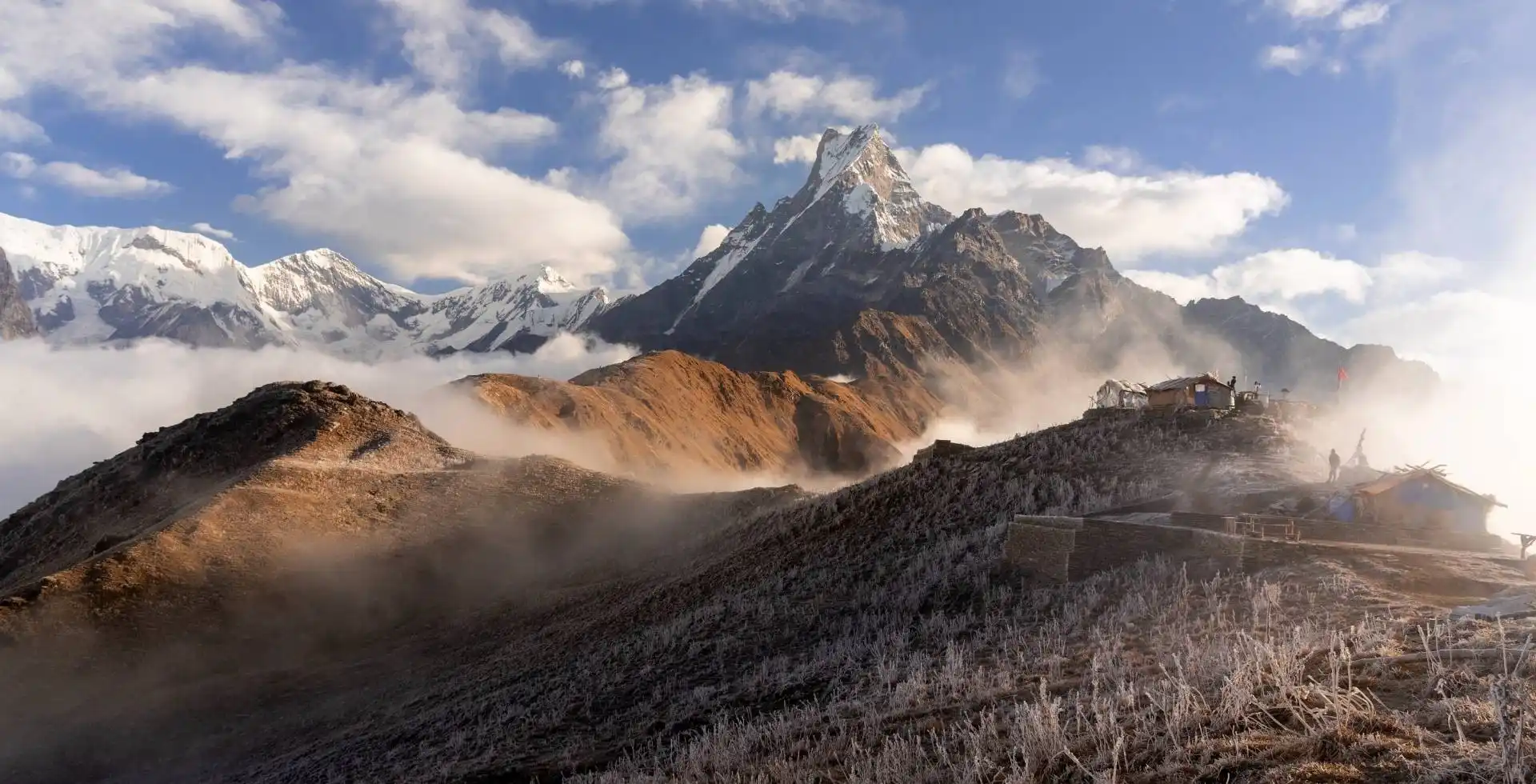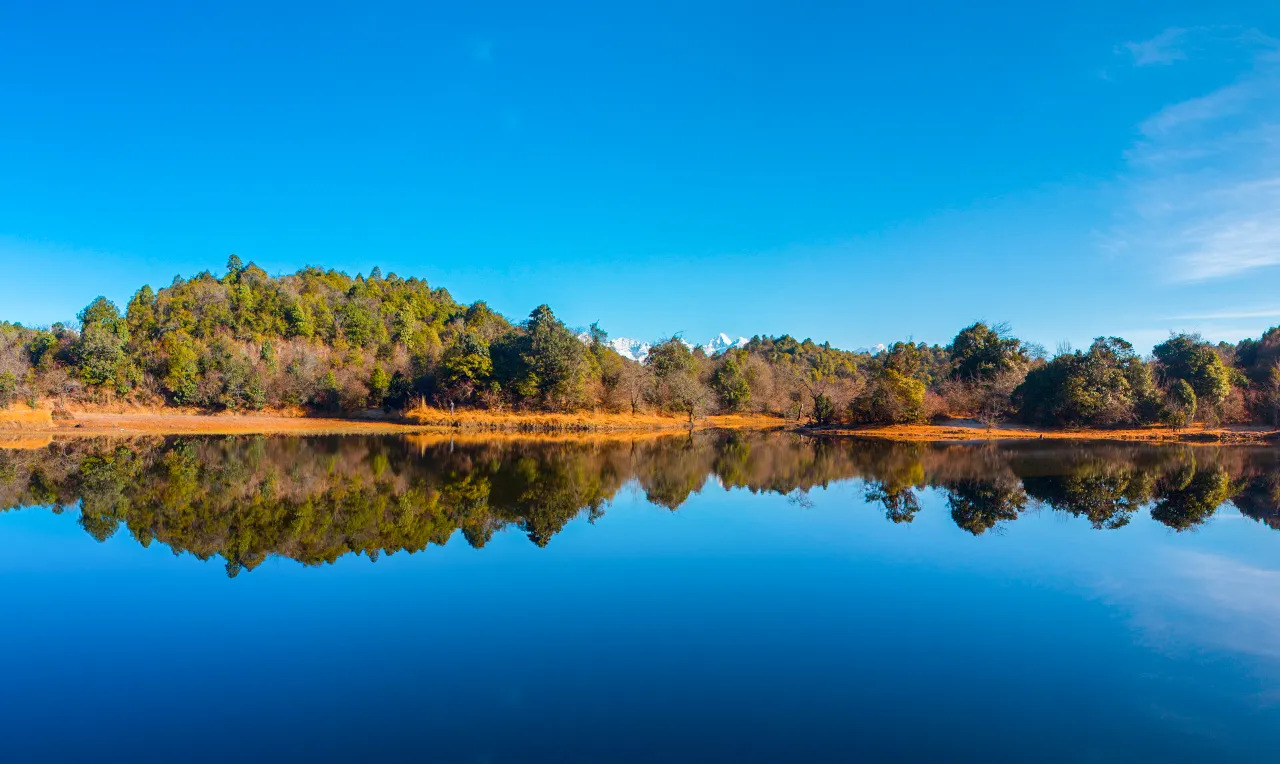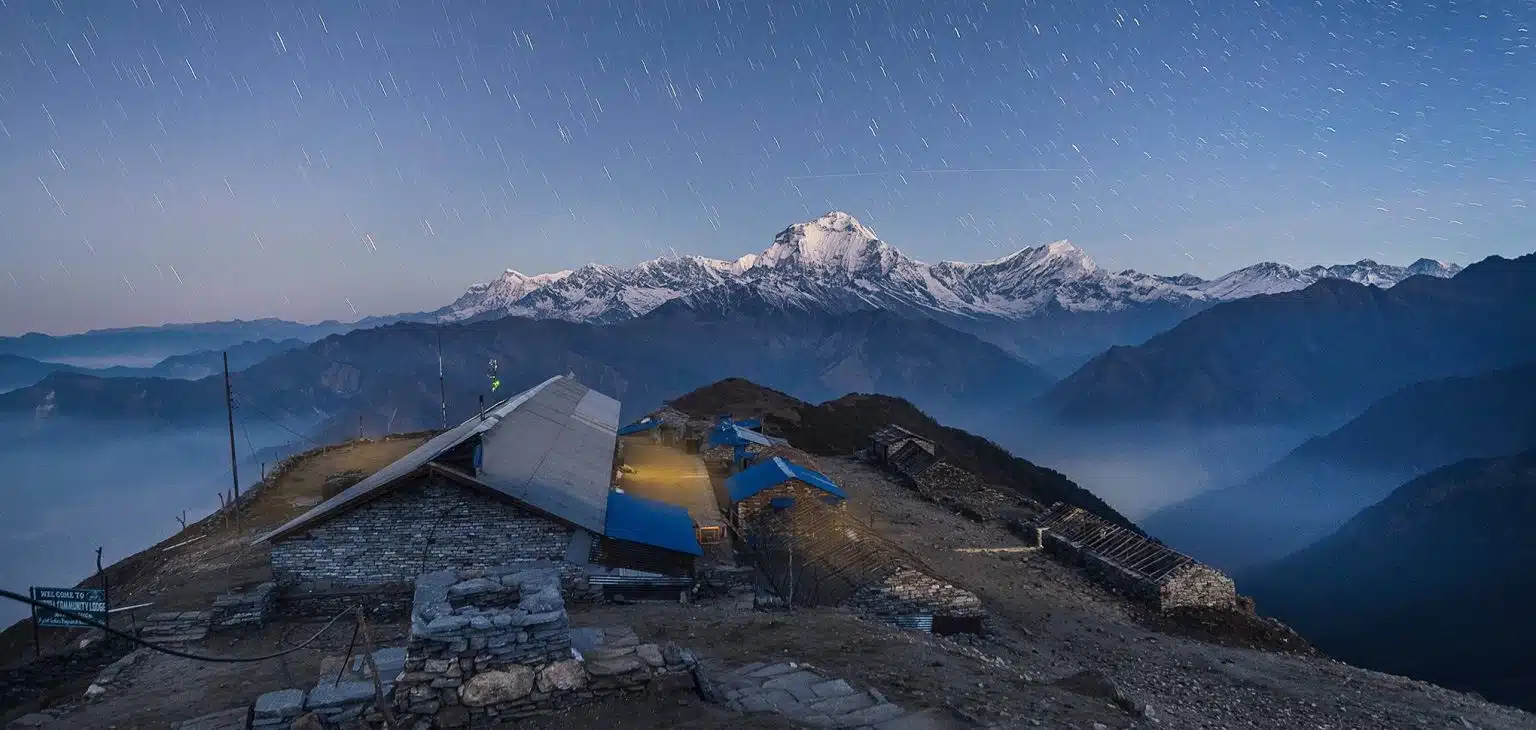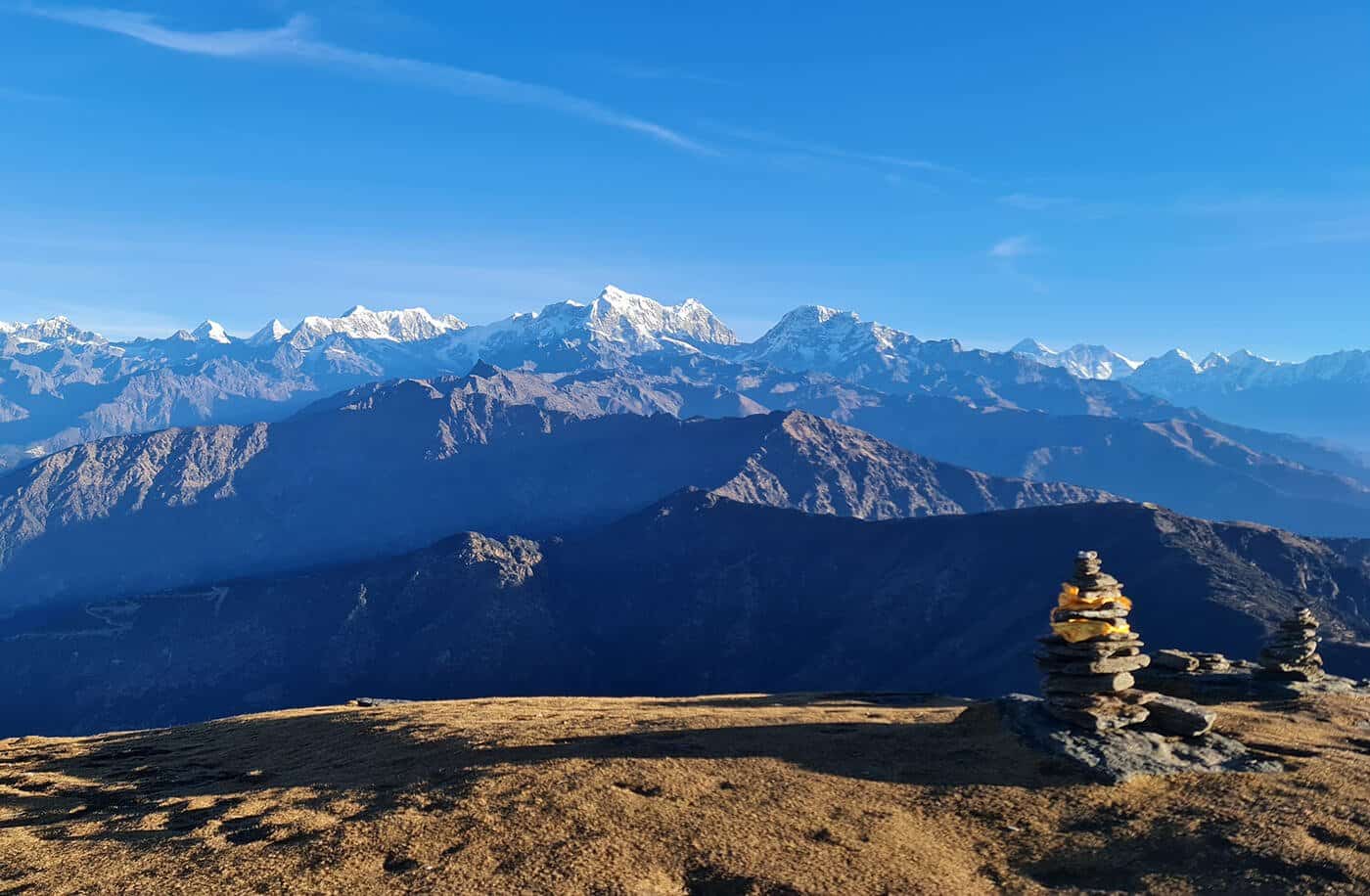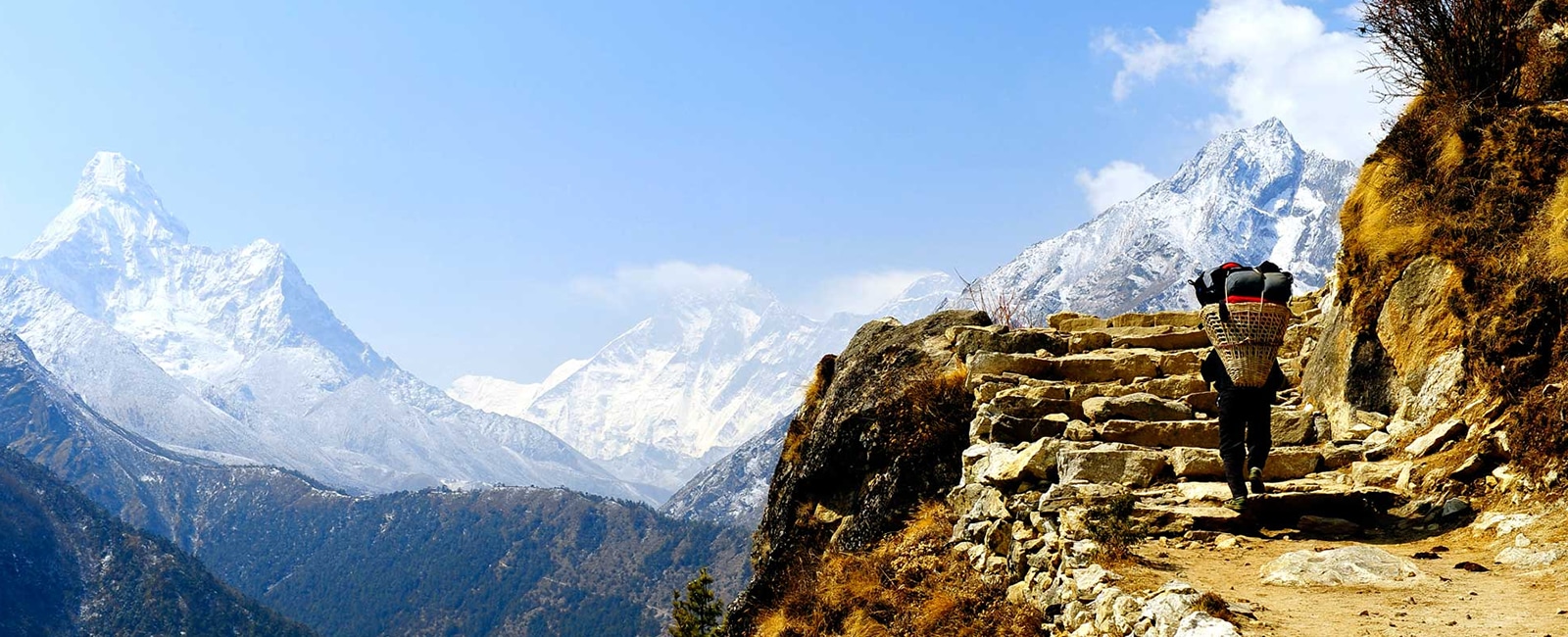Accommodation during Chisapani Nagarkot Trek
- In Kathmandu we provide comfortable accommodation in 3-star hotels with breakfast on a twin-sharing basis.(Private room accommodation can be organized at an extra cost)
- During the trek, we provide comfortable teahouse accommodation on a twin-sharing basis.
- In Nagarkot we provide comfortable accommodation in hotels
Meals and Drinking water on Chisapani Nagarkot Trek
In Chisapani, you’ll be served freshly prepared meals at local teahouses—simple, home-style dishes that keep you energized throughout the trek. Typical meals include dal bhat (rice with lentils), noodles, fried rice, soups, pancakes, and seasonal vegetables. Meals are served three times a day and offer a warm, welcoming taste of local flavors.
As you reach Nagarkot, you’ll find a wider variety of food options. From traditional Nepali dishes to international cuisines like pasta, sandwiches, and continental breakfasts, you can choose your meals from the menu at restaurants and hotels. Bottled water is available throughout the trek at teahouses and shops, so staying hydrated is easy along the way.
Required Permits for the Chisapani Nagarkot Trek
You’ll need a TIMS Card and Shivapuri National Park entry permit to trek in Chisapani Nagarkot Trek. All permit fees are included, and we arrange them for you.
- TIMS Card cost: NPR 1000 per person
- Shivapuri National Park Permit: NPR 600 for SAARC nationals / NPR 1000 for others
Best Time for Chisapani Nagarkot Trek
The best time to enjoy the Chisapani Nagarkot Trek is during spring (March to May) and autumn (September to November). These seasons offer clear skies, pleasant temperatures, and the best mountain views. In spring, the trail comes alive with blooming rhododendrons, while autumn brings dry weather and crisp Himalayan panoramas.
You can do this trek year-round, but be mindful of the seasons. Monsoon (June to August) brings rain and muddy trails, making views unpredictable. Winter (December to February) is quieter and possible, but expect chilly mornings and occasional fog. For the best experience, stick to spring or autumn—you’ll get the clearest views and most comfortable weather.
Chisapani Nagarkot Trek Difficulties
The Chisapani Nagarkot Trek is a fairly easy to moderate hike, perfect for beginners, but it’s got some challenges. You’ll be walking 5-7 hours a day, covering up to 20 km, with steep climbs like the one from Sundarijal to Chisapani (up to 2,425m). Expect stone steps, forest trails, and some ups and downs through fields. The second day to Nagarkot is a bit easier but still long.
Monsoon (June-August) makes trails muddy and slippery, while winter (December-February) gets chilly at higher spots like Chisapani and Nagarkot (2,175m). You won’t need to worry much about altitude sickness, but the long walks can tire you out if you’re not used to hiking. Good shoes and some fitness help a lot, and teahouses are basic—think no electricity or running water sometimes. Spring (March-May) or autumn (September-November) are the best times to go for clear views and comfy weather. Pack a water bottle, snacks, and maybe trekking poles, and you’ll be fine!
Altitude Sickness and Prevention on the Chisapani Nagarkot Trek
At Aarohi Holiday, your safety comes first. The Chisapani Nagarkot Trek stays below 3,000 meters, peaking at 2,425m at Borlang Bhanjyang, with stops at Chisapani (2,300m) and Nagarkot (2,175m). Altitude sickness is rare, but mild symptoms like headaches or fatigue can occur, especially for new hikers. Our guides are trained in high-altitude response, first aid, and emergency procedures to keep you safe.
We design our itinerary for a gradual ascent to help your body adjust, and our team keeps a close eye on everyone for signs of discomfort, such as dizziness, nausea, or tiredness.
If symptoms appear, our guides act quickly—suggesting rest, extra water, or a slight descent if needed. In rare cases, we’re ready to organize swift emergency evacuation. Before the trek, we provide a thorough safety briefing and encourage you to speak up about any issues early.
With our expert guidance, a steady pace, and simple precautions, the Chisapani Nagarkot Trek is a safe and unforgettable Himalayan journey.
Travel Insurance for Chisapani Nagarkot Trek
Hey there! At Aarohi Holiday, we highly recommend grabbing solid travel and medical insurance before hitting the Chisapani Nagarkot Trek. This trek stays below 3,000 meters, topping out at 2,425m, but you’ll want coverage for hiking in case of unexpected twists. Make sure your policy includes medical treatment, personal accidents, and emergency evacuation (like by helicopter) for those rare just-in-case moments.
It’s also smart to get insurance that covers trip cancellations, delays, or lost gear, as Himalayan trails can be unpredictable. With the right plan, you can trek with confidence, knowing you’re covered and can soak in the stunning views with peace of mind. Happy trekking!
Chisapani Nagarkot Trek Itinerary
The Helambu Trek is a short, scenic gem that kicks off in Kathmandu, where you’ll dive into the city’s vibrant culture and UNESCO World Heritage Sites. A quick drive to Sundarijal gets you on the trail, winding through lush forests, charming Sherpa and Tamang villages like Chisapani, Kutumsang, and Thadepati, with stunning views of the Langtang and Jugal Himal ranges.
The highlight is soaking up the peaceful vibes in Melamchi Gaon and Sermathang, where prayer flags, ancient monasteries, and warm local hospitality steal the show. The trek wraps up at Melamchi Pul before heading back to Kathmandu. Perfect for beginners or families, this journey blends natural beauty, cultural connection, and Himalayan magic in a compact adventure.
Chisapani Nagarkot Trek Cost
The cost of the Chisapani Nagarkot Trek varies depending on the duration, season, and services selected. Our standard 6-day Chisapani Nagarkot Trek is priced at USD $650 per person, covering all essential services from your arrival in Kathmandu to your final departure.
This rate applies to solo trekkers. For group bookings, Aarohi Holiday offers attractive discounts of 5% to 10%, with the group leader trekking free of charge. Our package includes experienced local guides, necessary permits, teahouse accommodations, meals during the trek, and comprehensive logistical support—ensuring a seamless and memorable Himalayan experience through the scenic Chisapani and Nagarkot regions.
Important Notes for Chisapani Nagarkot Trek
- The drive from Kathmandu to Sundarijal Takes 1 Houre from changunarayan to kathmandu 1.5 houre both by privat Car.
- Porters carry up to 20kg, but we recommend keeping your load under 10kg as one porter is shared between two trekkers. We provide a duffle bag for your gear.
- Meals and sightseeing entry fees are not included in Kathmandu.
- All meals are included during the Chisapani Nagarkot Trek, served from the teahouse or Hotel menus.
- There are no enough ATMs on the Chisapani Nagarkot Trek, so be sure to bring enough cash from the city before starting.
Fitness Preparation for the Trek
Getting ready for the Chisapani Nagarkot Trek is straightforward, as it’s an easy-to-moderate hike with elevations up to 2,425 meters. While it’s beginner-friendly, you’ll be walking 5-7 hours a day, so some prep goes a long way. Regular walks, short hikes, or light cardio like jogging or cycling will build the stamina needed for the trail. Adding some stair-climbing or hill walks to your routine can help with the steeper sections, ensuring you enjoy the trek comfortably and safely
Arrival Instruction
Upon your arrival at Tribhuvan International Airport, our company representatives are stationed to welcome you to the country. We request you to carefully look for your name being held by our representatives following the events upon landing. The representatives are responsible to escort you to your hotel in Kathmandu. You will see men offering you to carry luggage and take you to your destination as you exit the airport. We request you pay no attention to these people and follow the designated representatives and follow their instructions. You will also need to keep an eye on your luggage and belongings to avoid any complications.
Nepal Visa Entry Procedure
For entry into Nepal, there are visa requirements everyone (except Indian nationals) must complete before being allowed to pass through immigration. This is for air travel as well as overland transportation. Most visitors may obtain a visa to enter Nepal, however, there are exceptions. Three options are available for entry
- 15-day single entry: US $30
- 30-day single entry: US $50
- 90-day multiple entries: US $125
Please have a passport valid for at least 6 months from the time of entry, and have cash ready, preferably in US dollars, though there are other currencies Nepal Immigration accepts. If you are entering via overland, you must have US cash and 3 passport photos. For arrival by air, the kiosks at the airport take your picture for you.
For the most up to date list of exceptions for visa on arrival or to obtain the most current visa information, visit the Nepal Department of Immigration website.
